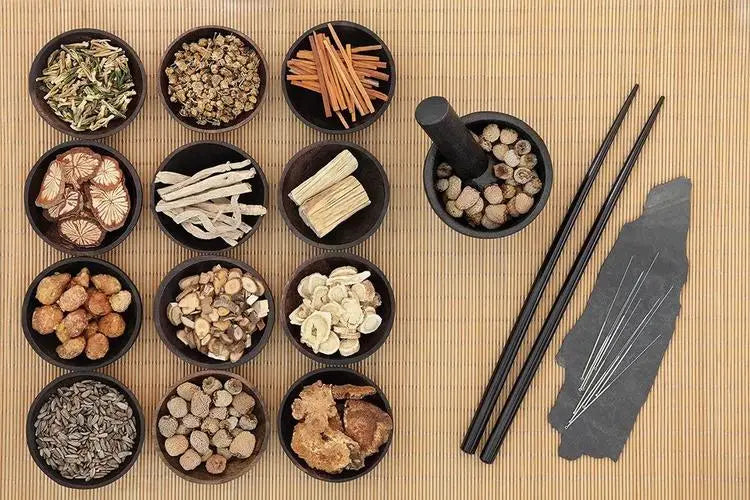The notes I compiled are based on the textbook "Prescriptions" of the University of Traditional Chinese Medicine, and some prescriptions that I think are good. The prescriptions written are all my personal experience, and the analysis methods are mainly based on the six meridians and the viscera. I am not a medical professional, studying medicine is purely a hobby. It is normal if there are mistakes in the text.
(63) Big Bupleurum Soup
[Source] "Treatise on Febrile Diseases", "Synopsis of the Golden Chamber"
【Category】Surface and interior agent
[Ingredients] Bupleurum half a catty (24g), skullcap three liang (9g), peony three liang (9g), pinellia half liter (9g), citrus aurantium four pieces (9g), rhubarb two liang (6g), jujube twelve pieces (4 pieces), ginger five liang (15g)
[Usage] For the eight flavors, boil six liters of water with one bucket and two liters, remove the water, and fry again. One liter of warm clothes, three times a day (modern usage: decoction in water).
【Function】Reconciliation of Shaoyang, internal diarrhea and heat knot.
【Indications】Shaoyang Yangming combined disease. Intermittent chills and heat, chest and hypochondrium fullness, vomiting, depression and slight irritability, palpitations, or sharp pains in the heart, incomprehensible stools or diarrhea with heat, yellow tongue coating, and strong pulse.
"Prescriptions" classifies this prescription as an anti-external and internal medicine, and it should be a medicine for attacking the interior (unfortunately, there is no such category). It is also said in the book that treating Shaoyang and Yangming combined diseases, Yangming governs the interior, Shaoyang governs the hub, and the theory of resolving the exterior is self-contradictory.
The pathogenesis of this prescription syndrome is that evil qi enters the half-surface and half-inside, causing the abnormal movement of qi, which in turn leads to a series of symptoms such as stagnation of qi, blood stasis, fluid coagulation, phlegm obstruction, food accumulation, meridian spasm, and intestinal dysfunction.
When I talked about "Four Rebellions Scattered", I gave an explanation to "Four Rebellions": "What are the Four Rebellions? Yin and Yang are constantly circulating, moving but not static, smooth and not contradictory. The sun and the moon change, the four seasons are connected, and all things are born. Therefore, those who should rise and fall are rebellious, those who should fall and rise are rebellious, those who should be moving instead of static are rebellious, and those who should be scattered and reunited are rebellious.
Sini Powder treats invisible evils. If the evils have formed, you need to use Da Bupleurum Decoction to solve them. Therefore, first use Sini San to regulate the qi movement in the central part, Scutellaria baicalensis to treat stagnant heat, pinellia to treat phlegm obstruction, ginger to treat body fluid coagulation, aurantium aurantium to treat qi stagnation and food accumulation, rhubarb to treat blood stasis and intestinal blockage, white peony root and jujube to treat meridian spasm.
The whole prescription is biased towards Su Jiang, and mainly targets the gallbladder, stomach, small intestine, large intestine, and triple burner. In clinical application, the thinking should be flexible. For example, for severe qi stagnation, bergamot and tangerine peel can be added; for severe phlegm-dampness, Poria cocos and Fritillaria can be added; for severe food accumulation, Jiao Sanxian can be added; for severe blood stasis, rhizoma chuanxiong and peach kernel can be added; for severe meridian constriction, yuanhu and toosendan can be added;
There are two versions of Da Bui Hu Tang. One is that there is no rhubarb in "Treatise on Febrile Diseases", and the other is that there is rhubarb in "Synopsis of the Golden Chamber". Which of these two versions is true? Is there rhubarb at all? Should I use raw rhubarb, wine rhubarb, or vinegar rhubarb? Should the rhubarb be fried at the same time or after? Which version of Dachaihu Decoction should be used to treat cholecystitis, hepatitis, pancreatitis?
If you have been struggling with these questions, then I suggest you stop studying Chinese medicine, because your way of thinking is not suitable for studying Chinese medicine.

